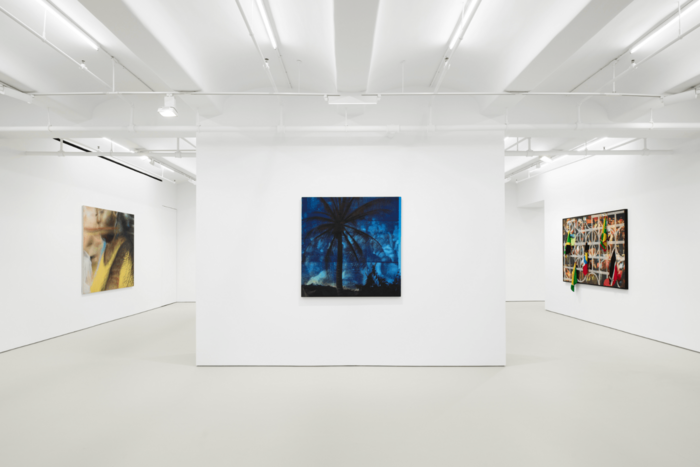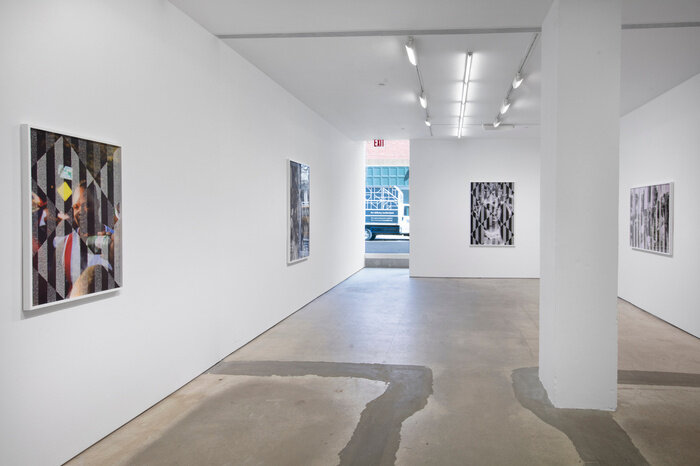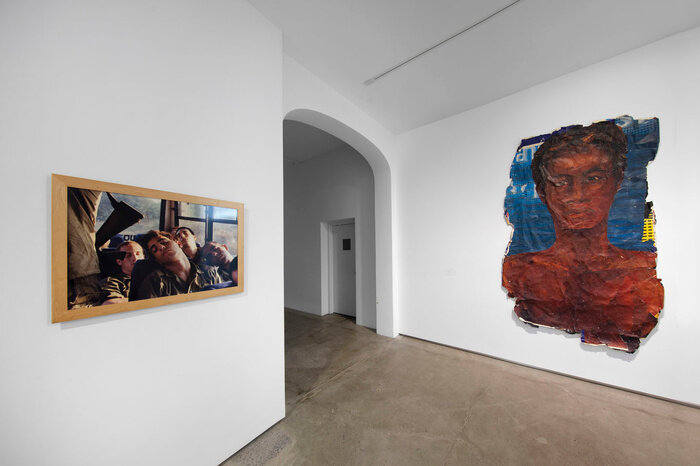Paul Anthony Smith
Works (Tap to zoom)
Biography
Paul Anthony Smith (b. Jamaica, 1988; lives and works in New York, NY) creates paintings and picotage on pigment prints that explore the artist’s autobiography, as well as issues of identity within the African diaspora. Referencing both W.E.B. Du Bois’ concept of double consciousness and Franz Fanon’s theory of diasporic cultural confusions caused by colonialism, Smith alludes to fences, borders, and barriers to conceal and alter his subjects and landscapes. Smith’s practice celebrates the rich and complex histories of the post-colonial Caribbean and its people. Memory, migration and home are central to Smith’s work, which probes questions of hybrid identities between worlds old and new. Smith’s layered picotage is often patterned in the style of Caribbean breeze block fences and modernist architectural elements that function as veils, meant both to obscure and to protect Smith’s subjects from external gaze. While photography typically functions as a way in which to reveal and share information, Smith’s picotage has a concealing and purposefully perplexing effect. Forcing these nuanced diasporic histories into a singular picture plane, Smith encourages layers of unease within these outwardly jovial portraits. Picotage serves as an access point as Smith interrogates which elements of identity are allowed to pass through the complexities of borders and migration.
Smith’s Dreams Deferred series, titled after the Langston Hughes poem of the same name, depicts varied urban landscapes, each seemingly contained within single or double chain link fences. The underlayer of these works are photographs taken by Smith of mundane, vacant lots throughout New York City; though when painted over with a heavy impasto of oil stick, these surfaces transform into lush gardens that push against and challenge their barriers. To Smith, these works are a metaphor for the elusive American dream – seductive flowers ready to be picked, yet accessible only to a certain set of people who are granted entry. This flora functions akin to a memento mori, serving as a reminder that once these beautiful, yet fleeting, objects are taken for one’s own, they quickly extinguish. The gestural and painterly surfaces of these works suggest that although structures in place attempt to regiment access to these Edenic spaces, the dream has potential to take on a life of its own and rebel against these systems. Smith invokes Hughes’ words: “What happens to a dream deferred?/ Does it dry up/ like a raisin in the sun?/ …Or does it explode?”
Exhibitions







